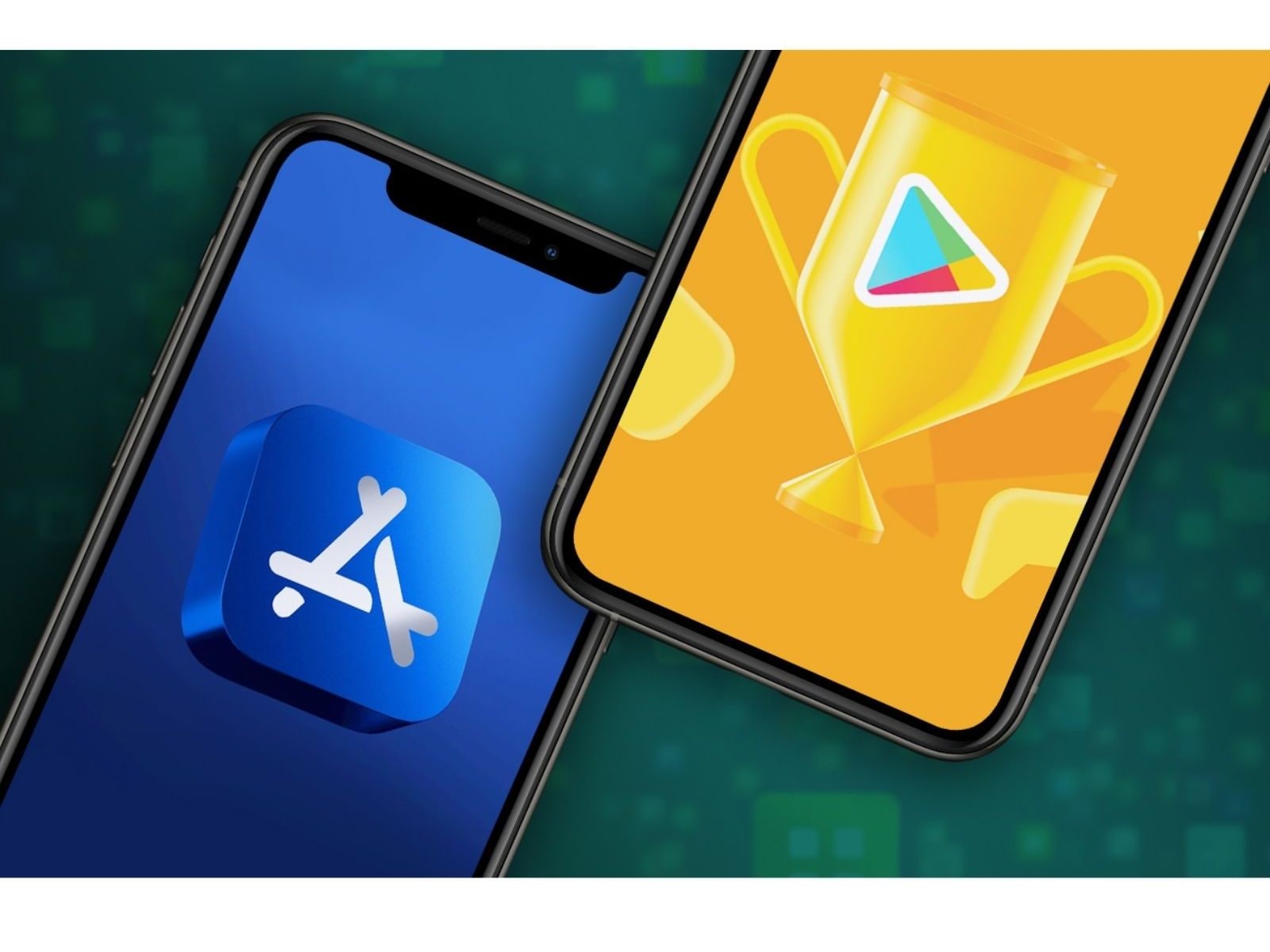Mobile apps will continue to be a major driver of mobile commerce in the coming years, but they won’t be the only ones. In this post, we’ll look at five other emerging app markets that are already attracting lots of attention from developers and investors alike: mobile payments, in-app purchases, mobile advertising and analytics tools for app developers.
Emerging App Trends
Virtual reality (VR) and augmented reality (AR)
Virtual reality (VR) and augmented reality (AR) are two different types of virtual environments. VR is a computer-simulated environment that can be explored and interacted with by a person, while AR uses a real-world environment instead of a simulated one.

VR games are among the most popular applications using VR technology today: they allow users to become part of an alternate world where they can interact with objects or characters in new ways. For example, if you wanted to play as an NBA star like LeBron James or Kobe Bryant in any basketball game being played on your phone or tablet device today—with no wires attached—you would need some sort of headset/headset/glasses so that you could see what was going on outside your own body; otherwise it’d just look like blackness!
Payment apps
Payment apps are another trend to watch for in the app market. With mobile payments becoming more popular, it’s no surprise that there’s an increasing number of payment apps available on Android and iOS as well.
In addition to making easy and convenient payments, these apps can help you save time by allowing users to pay for items with their smartphone instead of having to go through the process of swiping a card or cash register at a store.
Another interesting trend is contactless payments—or transactions that require no PIN numbers or passwords when entering into an agreement with merchants such as restaurants and stores (think “tap-to-pay”). This type of digital transaction will become more common in the next few years as merchants adopt EMV technology which allows consumers who have chip-enabled cards (like MasterCard PayPass) or NFC enabled devices (such as Apple Pay) enter into agreements without needing any additional steps like entering PIN codes every time they make purchases online or offline shopping trips.”
Connected devices and smart homes
The Internet of Things (IoT) is a network of physical devices that are connected to the internet. It’s expected to grow exponentially in the next few years, with millions of new devices being added every week. Connecting your home to the internet will help you save money and improve your quality of life by allowing smart home technologies like security systems and light bulbs that can be controlled remotely from anywhere at any time.
Emerging App Market
Mobile payments are growing fast, but not all markets are equal
The mobile payments market is growing fast, but not all markets are equal. In some countries, such as the United States and Japan, consumers have been using mobile payments for years. In other countries like Mexico or South Korea where credit cards are less common and banking infrastructure is less developed than in North America or Europe (and where there’s also a larger gap between rich and poor), mobile payment adoption hasn’t taken off yet.

Mobile commerce has become increasingly important over time: it accounts for around 10% of global retail sales today—and that number will likely continue to grow as consumers become more comfortable with using their smartphones as payment tools when shopping online or in physical stores near them.”
In-app purchases will also keep growing
In-app purchases are a big part of the revenue of many apps, and they’re an important source of revenue for app developers. According to App Annie, in 2017 mobile gaming apps generated more than $51 billion in net revenues, with a growth rate that was 10 times faster than overall digital media spend ($1.7 billion).
In-app purchases are also growing fast: they accounted for 25% of all mobile game revenues in 2016 and 27% in 2017 (in contrast to only 5% when Apple first launched its App Store nearly 20 years ago).
Mobile advertising will continue to be a large market
Mobile advertising is a huge market, and it will continue to grow. The number of mobile users is expected to increase by more than 20% by 2020, according to eMarketer. This growth will be driven by the growing popularity of video content on smartphones and other devices—and this trend is expected to gain steam in 2019 with the launch of Facebook’s Watch tab.
As advertisers begin shifting their budgets from desktop ads toward mobile ad spend, they’re also turning toward programmatic ad platforms like Google Preferred (formerly AdSense) or Amazon Marketplace Advertising Platforms (AMAP). These platforms help drive ROI metrics based on how much revenue an advertiser makes per impression across multiple channels at once—rather than just one channel at a time like traditional display ads do today.”
Worldwide app downloads are expected to grow at an average annual rate of 10 percent
The global mobile app download market is expected to grow at an average annual rate of 22 percent between 2020 and 2023, according to IDC’s Worldwide Quarterly Mobile Phone Tracker forecast.

Activity in the mobile ad market also grew during this time period, as measured by revenue and audience size. In particular, mobile advertising revenues are expected to reach $80 billion by 2023.
Conclusion
The results of the IDC forecast are expected to drive a surge in demand for mobile app development, which could lead to an ongoing increase in the number of developers needed. This will likely result in more specialized skill sets being required as well as greater education requirements for those seeking employment with mobile apps companies.



















